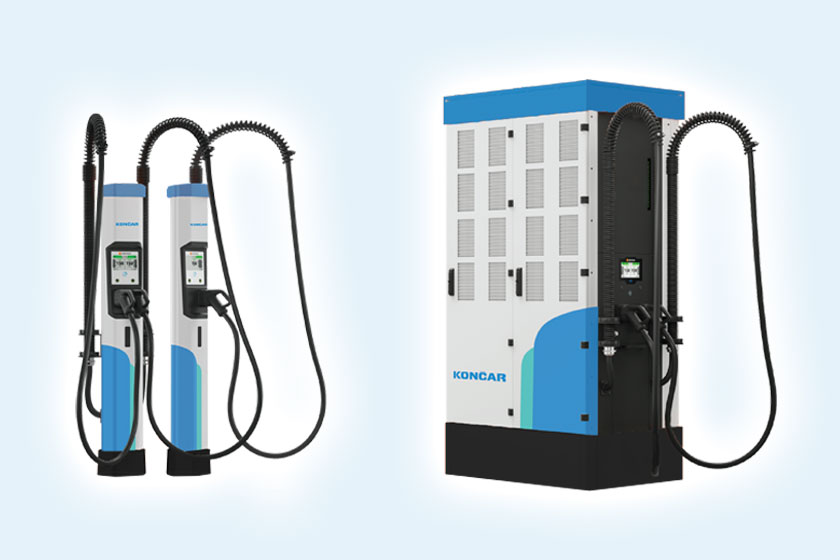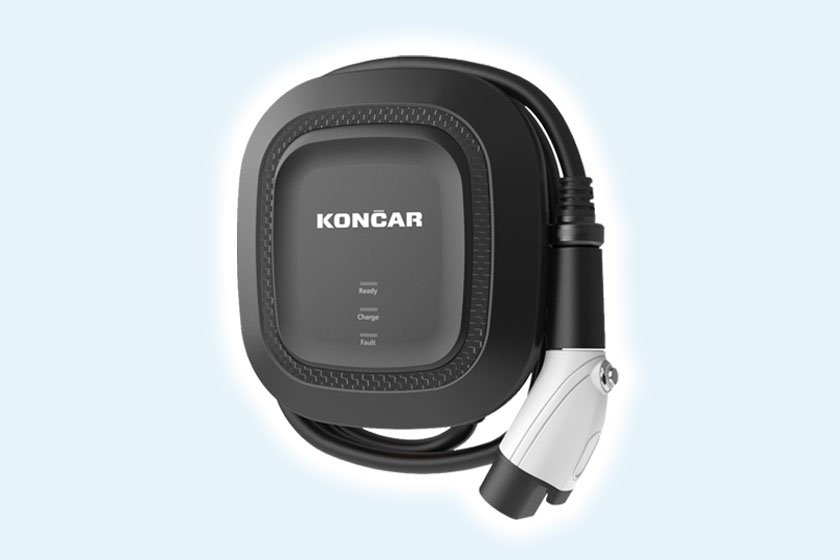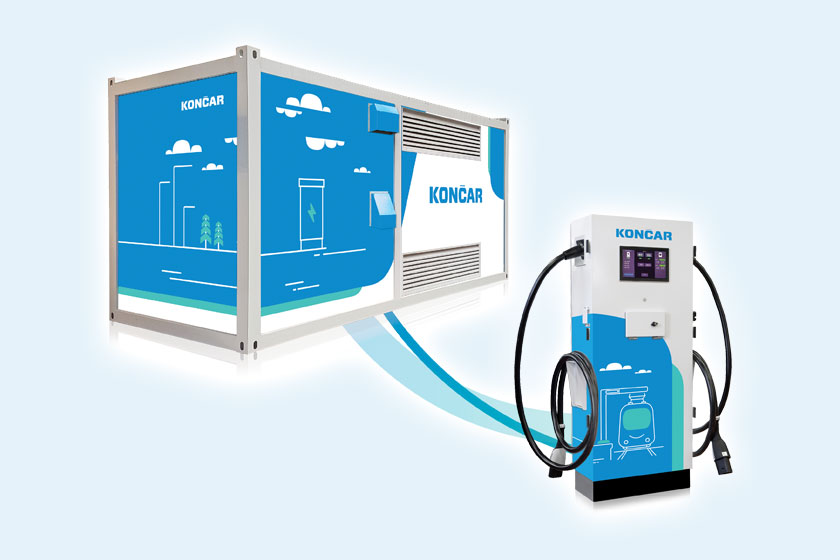E-vehicle chargers and charging stations - charging systems for green mobility
Our products are the foundation of e-mobility infrastructure across all segments.
As e-mobility trends increasingly shift toward emission-free propulsion, driven by global sustainability goals, the demand for an extensive fast-charging network becomes paramount. This network is essential for ensuring the seamless operation of electric vehicles, ships, and trains.
At the core of e-mobility infrastructure across all sectors, our products support a low-carbon future with a comprehensive portfolio. This includes AC chargers for lower power needs, DC charging stations for road vehicles, and ultra-fast charging systems (MW scale) for heavy-duty trucks, ships, and trains.
Beyond delivering cutting-edge equipment, we offer fully integrated turnkey solutions, covering every stage — from design and project management to permit acquisition, installation, commissioning, and ongoing maintenance.
For more information, contact us at: inem@koncar.hr


